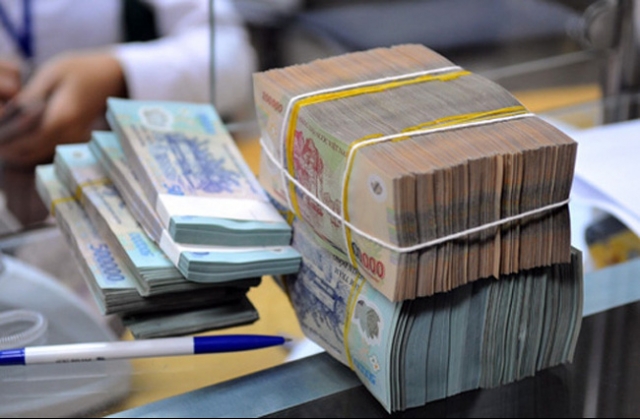To take effect from July 10, interest rate cuts by the State Bank of Vietnam (SBV) to support economic growth and control inflation were given a great deal of thought, Governor Le Minh Hung has said.

The annual refinancing rate, the rediscount rate, the overnight electronic interbank rate, and the rate on loans to offset capital shortages in clearance between the SBV and domestic banks will be cut by 0.25 percentage points each, the SBV announced in a statement dated July 7.
The annual maximum short-term interest rate for loans in Vietnam dong in certain sectors from financial institutions will also be cut by 0.5 percentage points from July 10, though the SBV did not elaborate on which sectors.
The rate cuts will help increase liquidity for banks to provide credit to the economy, stabilize the economy, interest rates, and the foreign exchange market, control inflation, and boost economic growth, the central bank said.
Speaking with VnEconomy, VET’s sister publication, Governor Hung said the rate cuts were carefully considered after the central bank successfully managed and stabilized the foreign exchange market in 2016 and the first half of this year. He is confident such stability will remain.
During the July 3 regular government meeting with cities and provinces, Governor Hung revealed that the central bank has been fully equipped to continue stabilizing foreign exchange rates if the US Federal Reserve continued increasing interest rates.
“Curbing inflation remains a top priority, but that doesn’t mean there will a surge in capital flows to the economy,” he emphasized.
Inflation during the first half this year was low, he went on, partly due to falls in foodstuff and petroleum prices, while monetary policy still needs consideration, as reflected by the 0.25 percentage point adjustment to several interest rates.
The central bank will keep capital flows to the economy tightly monitored, especially on the lending side. However, the credit growth targets of commercial banks are not to be loosened, and the country’s credit growth for 2017 is still to be around the 18 per cent approved earlier by the National Assembly (NA), according to Governor Hung.
Traditionally, a cut in rates by the central bank means a reduction in people’s monthly mortgage repayments. And people on tracker mortgages - where repayments vary with the SBV’s base rate - should indeed benefit from the latest cut.
Another traditional rule of thumb regarding movements in the SBV’s base rate is that cuts mean cheaper borrowing for businesses, and this was one of the main objectives of the central bank, since lower borrowing costs should boost investment and hiring by firms.
The NA and the government have been pushing for lower interest rates to support businesses and boost economic growth, with challenges in place to achieve the 2017 target of 6.7 per cent.
Vietnam’s economy needs to grow 7.4 per cent in the second half of the year to achieve the full-year target, after increasing at a three-year low of 5.15 per cent in the first quarter and 6.17 per cent in the second quarter.
VN Economic Times